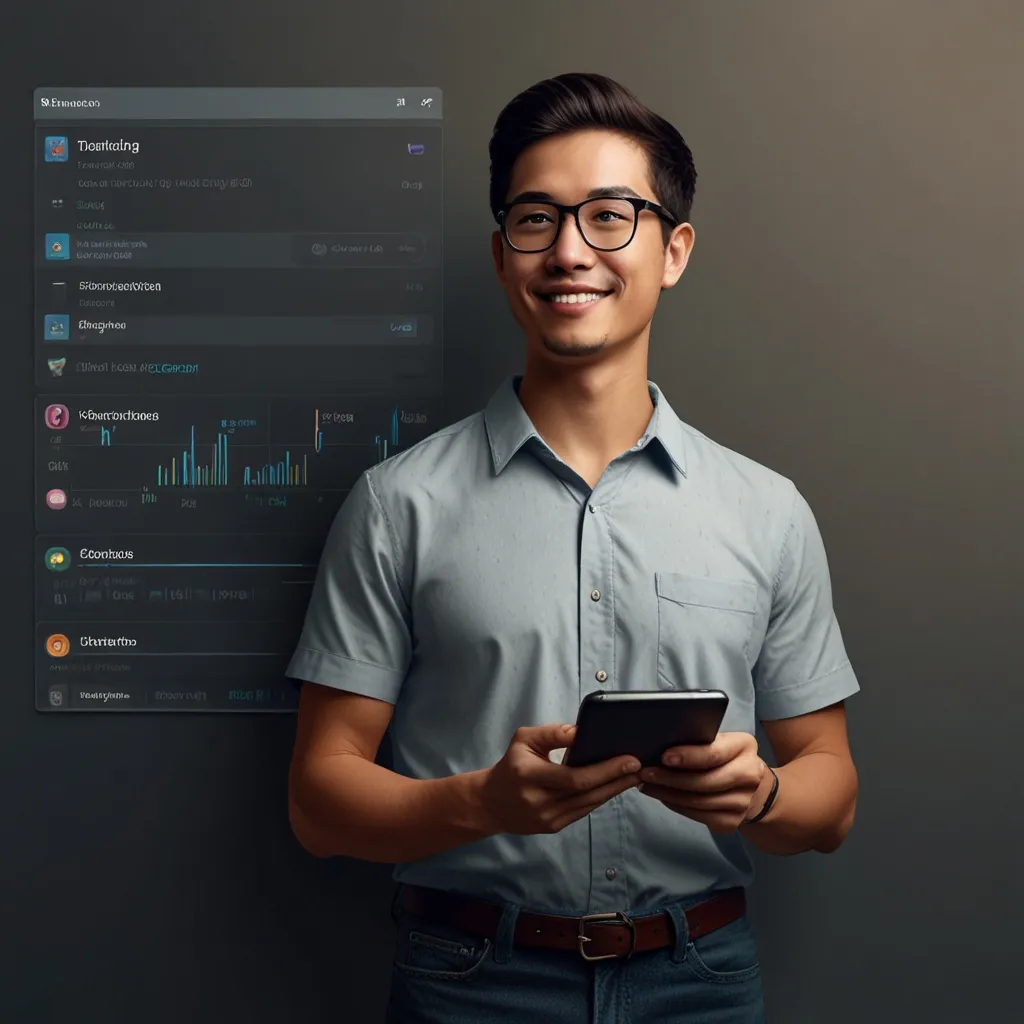Mobile app development can be a complex beast to tame. However, imagine building sleek, functional apps across various platforms using just web technologies like HTML, CSS, and JavaScript. Enter PhoneGap, or as it’s called now, Apache Cordova. This handy framework makes developing cross-platform mobile apps a breeze, letting you save substantial time and effort.
So, what exactly is PhoneGap? Simply put, it’s an open-source framework that allows developers to create hybrid mobile applications using the web technologies they’re already familiar with. Think of it as a bridge linking the world of web development with mobile app development. If you’re proficient in web development, PhoneGap can be a game-changer. It allows you to deploy your app on multiple platforms like iOS, Android, and Windows without writing separate code for each. Cool, right?
One massive plus of using PhoneGap is its cross-platform development capability. Imagine writing code just once and then deploying it across various mobile platforms. Picture building a weather app. Without PhoneGap, you’d have to write separate code for iOS and Android. But with PhoneGap, a single codebase is all you need. This not only cuts down development time but also simplifies the whole process.
Access to native device APIs is another standout feature. PhoneGap lets your hybrid app interact with the device’s hardware and software features, making it feel more like a native app. From using the camera to take pictures, to accessing the user’s location with the geolocation API, or even detecting device movements with the accelerometer API, PhoneGap offers a richer, more native-like user experience.
Offline support is invaluable for many apps, especially those used in areas with spotty network connectivity. PhoneGap helps here too. It allows your app to cache data and perform tasks even without an internet connection. Think about a note-taking app that saves your notes locally and syncs them when you’re back online. This feature can be a lifesaver in regions where network connections are unreliable.
Another time-saver? The reusable code feature. The code you write for one PhoneGap app isn’t confined to that single app. It’s reusable across multiple platforms, simplifying maintenance. Imagine you need to update a feature or fix a bug - you do it once in your PhoneGap code, and voila, the changes are reflected across all platforms where your app is deployed.
Curious how PhoneGap actually works? Let’s break it down. First, you develop your app using HTML, CSS, and JavaScript. PhoneGap then wraps your web app in a native container, essentially a web view, providing access to the device’s native APIs. The wrapped app is then compiled for each target platform and deployed to the respective app stores.
To bring this to life, let’s say you want to build a to-do list app. You’d start with the HTML structure for your layout and input fields. Add some CSS to make it look appealing. Then, a little JavaScript magic to handle adding, removing, and marking tasks as complete. After all this, you configure PhoneGap to wrap your web app using a config.xml file to specify the app’s metadata and permissions. Finally, you use the PhoneGap CLI or a tool like Visual Studio Code with the PhoneGap extension for compilation and deployment. And just like that, your app is ready to roll on multiple platforms.
Now, let’s weigh the pros and cons to give you a better picture.
Pros:
- Cross-Platform Development: One codebase for multiple platforms is a huge time and effort saver.
- Access to Native APIs: Enhanced user experience through access to device features.
- Offline Support: Even with no internet connection, your app can still function effectively.
- Reusable Code: Simplifies maintenance by reducing the complexity of multiple codebases.
- Cost-Effective: Developing one app for various platforms is easier on the wallet than making separate native apps.
Cons:
- Performance: Hybrid apps can sometimes lag in performance compared to native apps, mainly with complex applications.
- Compatibility Issues: Running the same app on different devices and platforms can occasionally lead to compatibility hiccups.
- Plugin Requirements: Some plugins might need tweaking or modification to work smoothly.
To get the best out of PhoneGap, here are some best practices to consider:
First, optimize performance. Techniques like caching, lazy loading, and minimizing DOM manipulations can make your app run smoother.
Use plugins wisely. While they enable access to native features, be mindful of compatibility issues and performance impacts.
Test your app thoroughly. Running your app on various devices and platforms ensures it functions seamlessly and performs well everywhere.
Finally, follow security guidelines. This is crucial to protect user data and maintain your app’s integrity.
PhoneGap is a powerful, versatile tool in the mobile app development world. Leveraging web development skills to build cross-platform apps can be a real game-changer. With access to native APIs, offline support, and reusable code, PhoneGap makes development and maintenance more straightforward. Yes, it does have its challenges, like performance and compatibility issues, but adhering to best practices can help you build high-quality, high-performing apps that users will love. Whether you’re a seasoned developer or just getting started, PhoneGap is definitely worth considering for your next mobile project.






